Understanding VOR Navigation: A Pilot’s Guide
In this comprehensive guide, we’ll demystify the workings of the VOR (Very High Frequency Omni-Directional Radio Range) navigation system, covering its ground station, the aircraft’s VOR receiver, TO and FROM indications, CDI dots, limitations, and more, ensuring pilots have a thorough understanding of this essential navigation aid.
Understanding the VOR Ground Station:
- VOR stations emit an infinite number of radials, typically referenced to magnetic north, providing directional information to aircraft.
- Aircraft VOR receivers determine the radial the aircraft is on and whether flying that track would take it toward (TO) or away from (FROM) the VOR.
The Aircraft’s VOR Receiver:
- Pilots use the Omni-Bearing Selector (OBS) knob to select a radial or bearing on the Course Deviation Indicator (CDI).
- The CDI needle centers when the aircraft is on the selected radial, providing directional guidance.
- The CDI indicates ‘fly right’ when the needle is to the right and ‘fly left’ when it’s to the left, relative to the selected radial.
TO, FROM, and Warning Flags:
- TO indicates flying toward the VOR, while FROM indicates flying away from it.
- The warning flag appears during the transition from TO to FROM, indicating a brief period of inaccuracy, often due to the aircraft flying overhead.
- Loss of power or signal inadequacy triggers the warning flag, rendering the instrument unusable until the issue is resolved.
Understanding CDI Dots:
- Each dot on the CDI represents a deviation of 2° from the selected radial, with the last dot indicating 10° or more deviation.
- For example, a needle pointing 5° to the right suggests the aircraft is 5° off the selected radial to the right.
VOR Limitations:
- Line of Sight: VOR signals travel in straight lines, limiting their effectiveness to line-of-sight conditions.
- Designated Operational Coverage (DOC): Each VOR has a designated operational coverage, beyond which reliable navigation is not guaranteed.
- NOTAMs: Always check Notices to Airmen (NOTAMs) for any VOR unserviceabilities or maintenance activities, as indicated by codes like TST during testing periods.
Conclusion:
By mastering VOR navigation principles and understanding its limitations, pilots can enhance their navigation skills and ensure safe and efficient flight operations. Stay informed, remain vigilant, and leverage the VOR system effectively to navigate with confidence in various flight conditions.
Learn more, visit our shop here
























